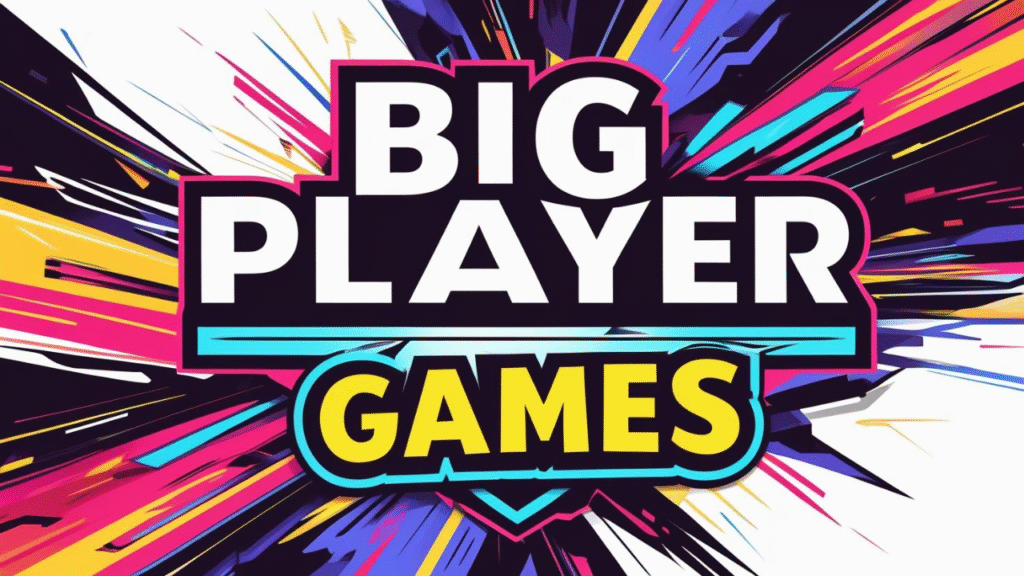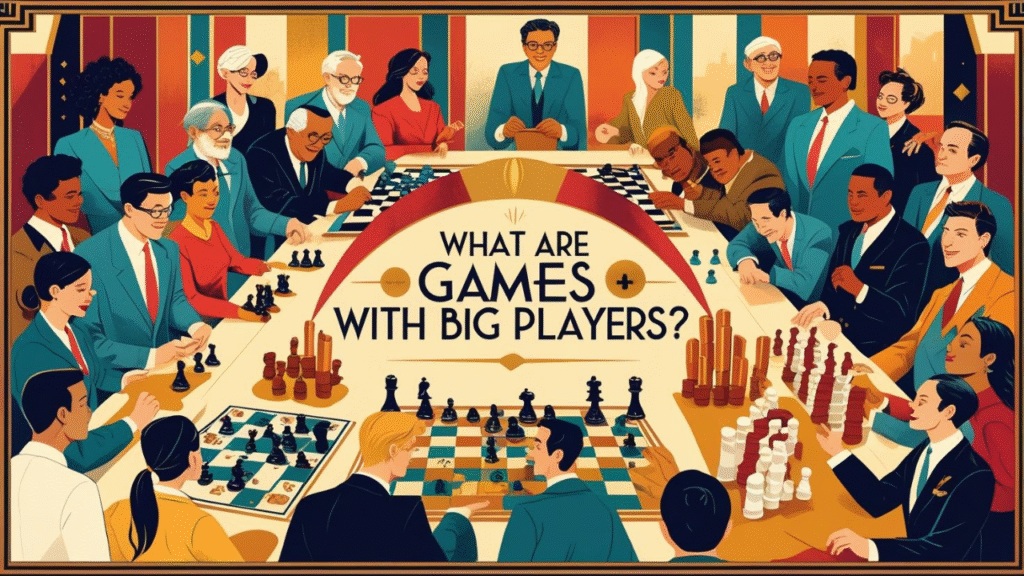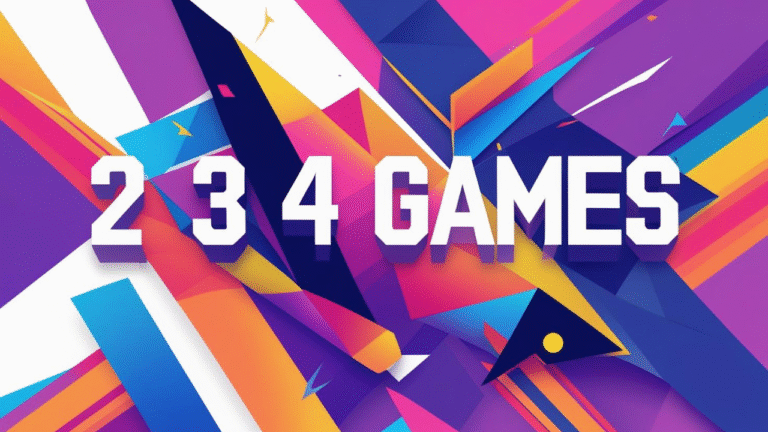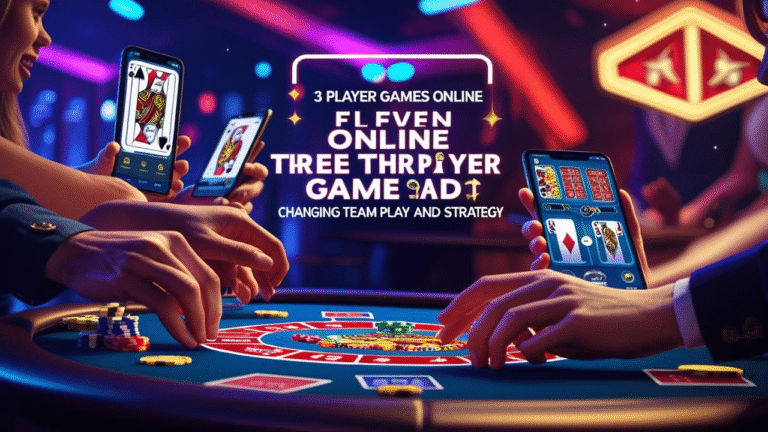“Big player games” reflect a dramatic change in how communities form, interact, and compete in the current gaming scene.

These are platforms designed to scale dynamically, provide continuous progress, and stress strategic cooperation or competitive depth—not just games with big lobbies.
Big player games honour those who embrace the challenge of large-scale dynamics whether your game is entering a 100-player battle royale, running a massive war faction, or surviving in vast open-world anarchy.
Alongside practical advice for players hoping to transcend the noise, this guide will introduce you to seven of the most influential big player games currently on offer and dissect what makes them function at scale.
What are games with big players?
Designed to allow a much higher participation than conventional matches, big player games are multiplayer games. Usually known for their large maps, real-time coordination challenges, faction-based progression, and emergent gameplay are these games.

Quality big player games balance chaos with structure—providing tools, roles, and objectives that scale with the number of active users—instead of just raising the head count.
7 Big Player Games Worth Try in 2025
1. Call of Duty: Warzone
Warzone supports up to 150 players in a single game and leads consistently in big-scale shooting arenas. Teams negotiate limited areas, dynamically changing metas, and squad synergies to outlast and control.

2. Fortnite
Fortnite is best as a creative, social ecosystem outside of its 100-player model. Using crossovers, user-generated content, and changing in-game events, battle royale becomes an always-new playground.
3. PUBG: Battlegrounds
The original contemporary battle royale still calls for a methodical, high-stakes playstyle. In big 100-player maps with unforgiving combat, precision, patience, and positional awareness remain absolutely vital.
4. Two Destiny
Destiny 2 pushes players into 6–12-person squads in raids and PvE events, but the real “big player” experience comes in public world events and Iron Banner PvP—where faction pride and power level come into full action.
5. Planetside 2
Planetside 2 stands out for scale alone since it offers continuous fighting between hundreds of players between several factions. Territory control, logistics, and air/ground strategy count as well.
6. Battlefield 2042
Battlefield 2042 captures the anarchy of all-out war with 128-player lobbies and massive destructive environments. Loadouts and specialists allow micro-level control among macro-level firefights.
7. GTA Virtual Reality
GTA Online provides one of the most intense persistent world experiences even though its direct match count is small. Driven by economy, alliances, and dynamic heists, many players engage concurrently in a sandbox.
Strategies for Success in Big Player Games: Actionable Notes
Decide on your specialisation.
Generalists find themselves overwhelmed in more expansive settings. Specify your value to the team whether it be a builder in Fortnite, a medic in Battlefield, or a sniper in PUBG.
Take advantage of channels of communication.
Stay connected with Discord, in-game VOIP, or quick-ping systems. Coordination scales power in exponential form.
Learn about map control.
Big player games sometimes prize posture above mere kill count. To prevent overwhelming yourself, study rotation patterns, vehicle spawns, and key terrain.
Form a consistent squad either joining or building.
Team experience increases tactical awareness and responsiveness. Particularly in large-scale conflicts, long-term teams regularly beat loose groups.
Strategic Analysis: The Reason Big Player Games Matter
Big player games create persistent, dynamic warzones where leadership, adaptability, and communication make the difference between dominance and defeat—not only provide novelty.
Unlike small team skirmishes, these games replicate real-world complexity: frontlines change, alliances develop and fall apart, and results may turn from one strategic mistake or hero moment.
This genre also adds unmatched social value. Communities flourish in these titles for custom content, modding, fan events, long-term seasonal participation in addition to gameplay. Here the psychological depth and competitive integrity reflect the direction of large-scale multiplayer design in the future.
Commonly Asked Questions
Do major player games call for premium systems?
Not everywhere. Lower-end hardware can benefit from optimization modes available in games including Fortnite and PUBG. But because of scale and rendering needs, titles like Battlefield 2042 or Planetside 2 call more CPU and GPU resources.
Are these games fit for beginners?
Certain are more approachable than others. Both Fortnite and Warzone match skill-wise rather effectively. Others like Planetside 2 or Destiny 2 could have steeper learning curves because of layered systems and long-term development.
Could I play these games alone?
Indeed, but you should anticipate difficulties. Many games have solo modes, but most major player games are geared for team play. Your chances are much increased by communication and squad coordination.
What distinguishes actual big player design from large lobbies?
Real big player games are built with scalable systems, not only about numbers. This covers territory control, role-based teaming, steady economies, and strategic goals needing more than just gunplay.
Last thoughts
The best big player games provide something smaller titles cannot: a living, breathing ecosystem where individual decisions flow across a large field.

These seven games rank highest among competitive multiplayer today for players wishing to improve their skills, embrace squad play, and explore challenging game worlds that reward strategy as much as reflexes.
Now is the time to choose your role, locate your squad, and walk into the arena where just the most intelligent and well-coordinated rise to the top.






